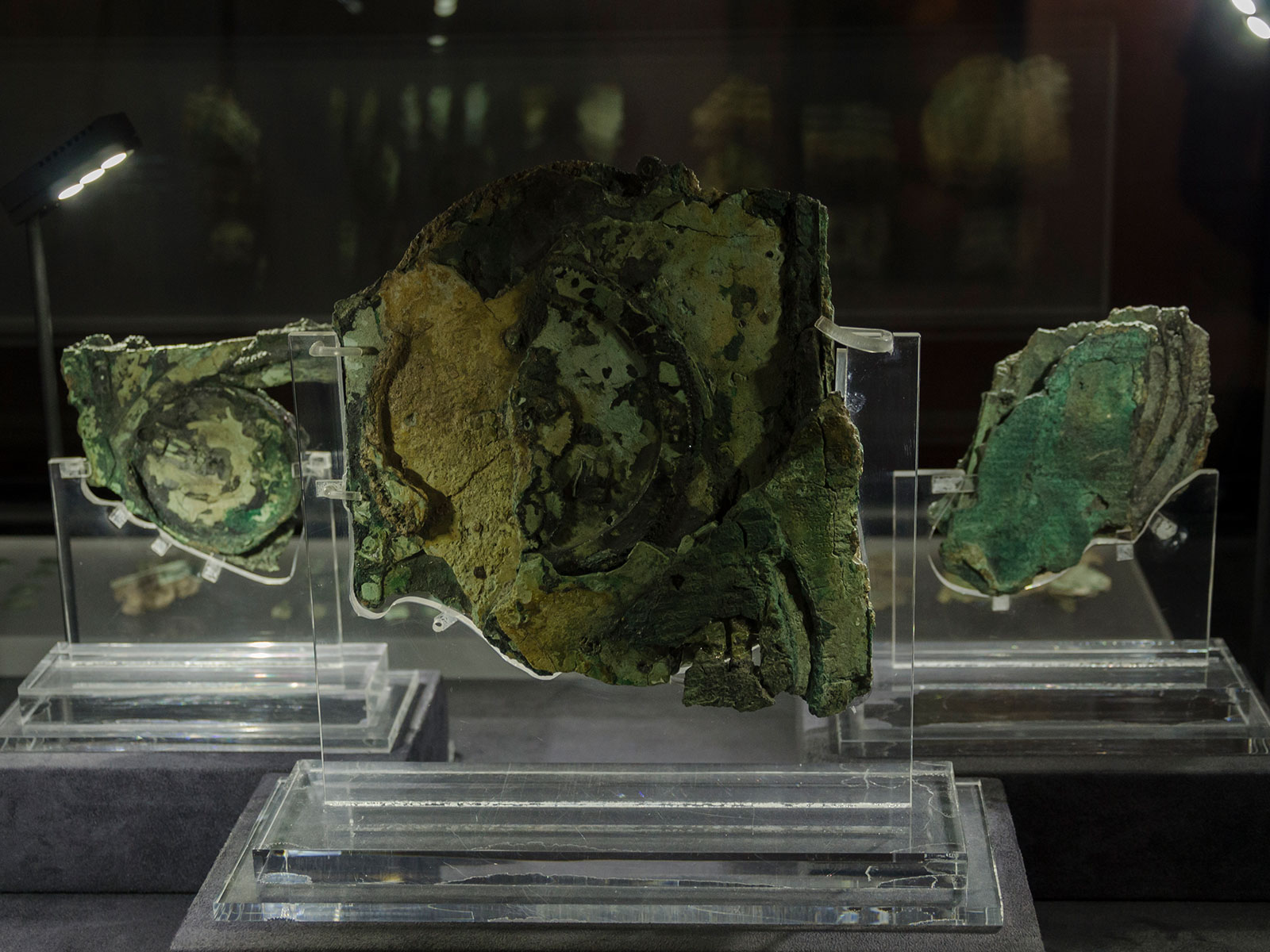That’s really neat. I don’t know that “computer” is the right term for an astronomy tracker, but it’s still an amazing find. How were they able to craft with such precision in an era without electricity, mills, lathes, micrometers, and all the common tools of the machinist?
Never underestimate the power of obsession. I would not be the least bit surprised to learn that right now, as I write this, there is someone out there making their 4327th attempt to engrave “The Lord’s Prayer” into a watermelon seed using a handheld sewing needle. And it’s probably in an illuminated Gothic script.
The earth is an observable system of systems, and even back then, people were just as smart as us and perhaps a little more connected to those rhythms and cycles in their daily lives. Many cultures built physical representations of these things, like Stonehenge, but a surviving portable one is a marvel. I often wonder what was the first of such portable devices, as the complexity of this one shows that there may be a few generations of ideas.
There’s a huge difference between Stonehenge and a clock gear. The latter requires a level of precision that I didn’t know they could achieve back then. It’s not a matter of intelligence, it’s a matter of technology. This timepiece is an impressive achievement.
That is what I am saying. :)



